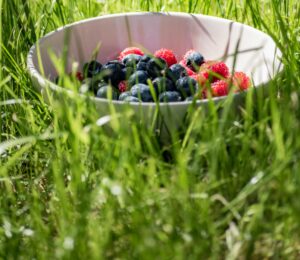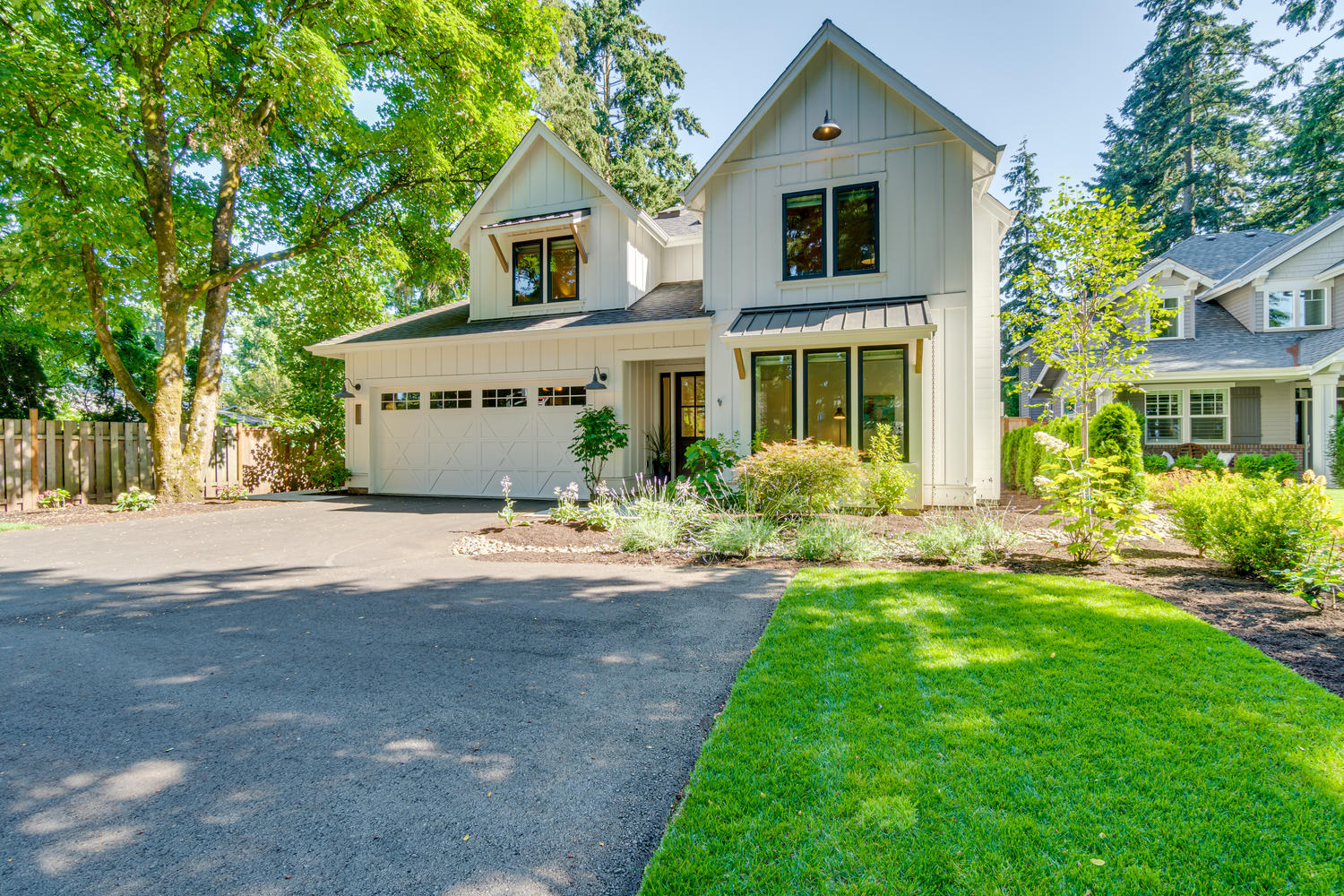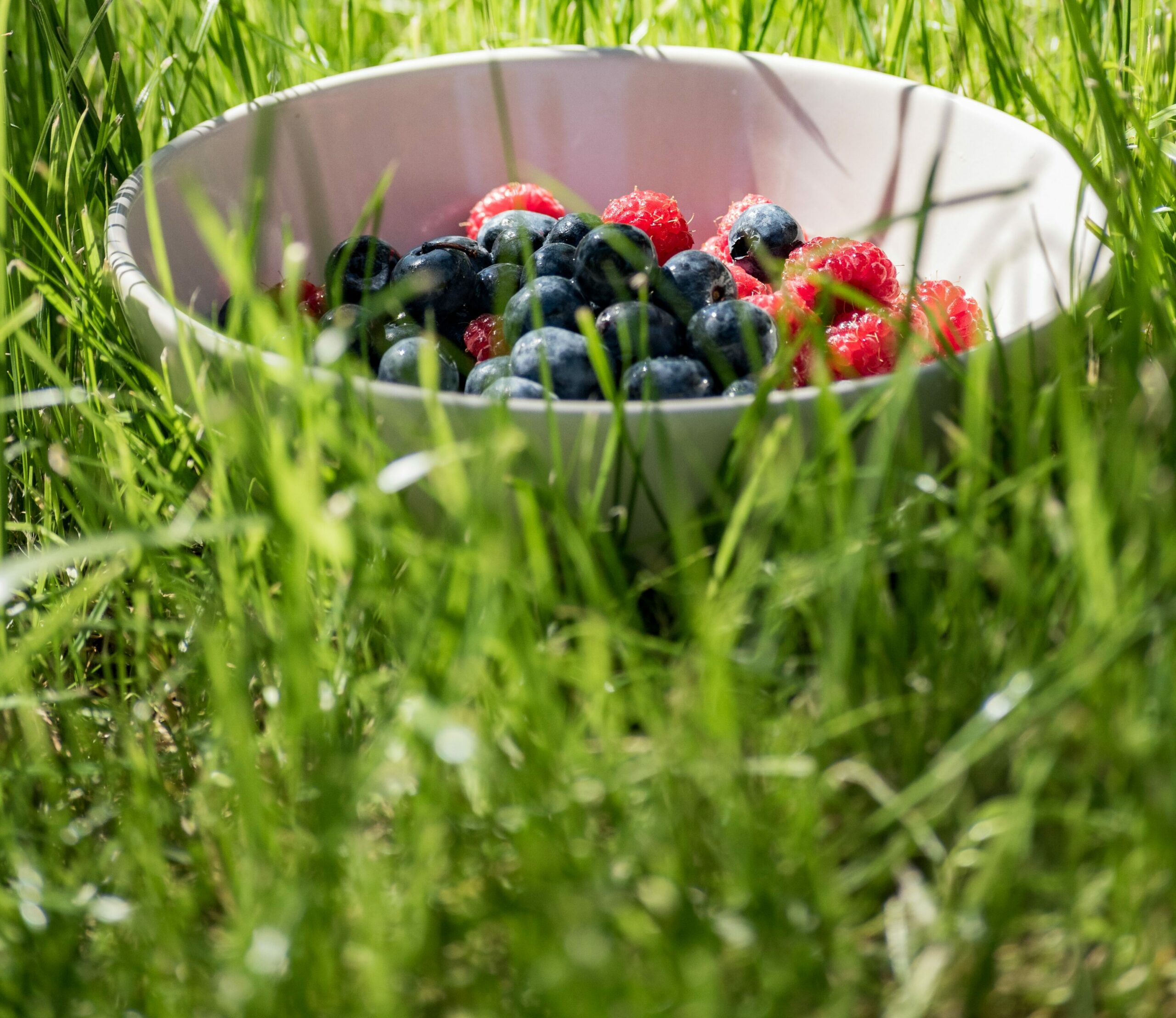 As summer is now underway, I find myself longing for the adventures of summers past—exciting vacations, epic road trips, BBQs, and lots of time with friends and extended family. I miss all of that. We all do. While summer at home (all. the. time.) isn’t necessarily what I would choose to do, I try to remind myself how lucky I am to live where I do. There are still plenty of adventures to be had close to home—and none of them involve lost luggage or the procurement of Fast Passes. Get ready for some good, old-fashioned, close-to-home fun!
As summer is now underway, I find myself longing for the adventures of summers past—exciting vacations, epic road trips, BBQs, and lots of time with friends and extended family. I miss all of that. We all do. While summer at home (all. the. time.) isn’t necessarily what I would choose to do, I try to remind myself how lucky I am to live where I do. There are still plenty of adventures to be had close to home—and none of them involve lost luggage or the procurement of Fast Passes. Get ready for some good, old-fashioned, close-to-home fun!
1. Fruit Picking. Drive just 10 or 15 minutes outside of the city, and you can’t throw a stone without hitting a family-owned farm. Strawberry season is over, but the time is right for blueberries and raspberries, and it will be time for peaches before you know it. (Yes, that’s right—multiple farm trips this summer!) Trust me: it can take a long while to fill a flat of berries. If you have kids with you, sent each off with his or her pint container and a challenge to be the first to fill it to the top.
What to do with all of that perfectly ripe, fresh fruit? Fruit + granola + yogurt for breakfast, fruit salad for lunch or dinner, fruit with ice cream for dessert. Bake muffins or cobbler. Make jam. Or, freeze fruit to enjoy during the cold months—peaches and berries can be thawed in a bowl of hot oatmeal on a chilly winter morning.
Whether you head north out of Portland to Sauvie Island, south to Yamhill County, or any other direction, you can find yourself on a farm in no time. However, a little planning ahead is wise, especially during peak season. Check the website of the farm you hope to visit to make sure the fruit you want to pick is in season and to find out public picking hours. This year, be sure to familiarize yourself with the farm’s Covid19-related policies. Bring water to drink, sunscreen, hand sanitizer, and a face mask. Go early in the day to avoid high heat and peak crowds!
2. Farmer’s Market. Chances are good that your favorite neighborhood farmer’s market is in operation this summer, albeit with new safety measures in place. The Portland Farmer’s Market, Beaverton Farmer’s Market, Hillsdale Farmer’s Market, and Lake Oswego Farmer’s Market are just a few popular area markets to check out this summer. While there are fewer vendors than in previous years (and no yummy samples!), a weekly farmer’s market trip is still a great way to procure fresh produce (corn-on-the-cob and snap peas!), pantry staples (locally-made pasta), and even gourmet treats (fancy cheese and local honey)—and to support local growers! Many markets have dedicated hours for vulnerable populations, and many allow you to place pre-orders with your favorite vendors. Some markets even offer drive-thru order pick-up. Once again, your best bet is to visit the website for your favorite market to familiarize yourself with new policies, and to plan to visit the market early in the day when it’s less crowded.
3. Picnic. What to do with the delicious food you’ve gathered? Plan a picnic! This is also one way to ease the stress of social distancing in a safe, responsible manner. Invite friends to meet you at a park for a picnic dinner. Everyone brings their blankets and food, and you maintain the requisite distance as you enjoy good food and better company. Not up for socializing just yet? Dining al fresco at home in your very own yard can be just as enjoyable, a welcome change from the everyday.
4. Hiking. If you feel as though you’ve walked every square inch of your neighborhood the past few months, it might be time to explore outside of your comfort zone. Portland is home to an extensive system of urban hiking trails. Yes, hiking within the city is almost as easy as walking out your front door! A wealth of resources are available to help you find a city trail that’s the distance and level right for you.
If you want to get away from it all, that beautiful mountain is almost as close as it looks, and over 1,000 miles of trails in the Mt. Hood National Forest are waiting for you. Travel just a bit farther to Mt. Adams and the Gifford Pinchot National Forest and the crowds will thin—and it’s still an easy day trip from Portland!
As with everything these days, a bit of planning goes a long way. Arriving at trailheads early means beating the crowds (and better parking!). While not required, masks are still a good idea on crowded trails. And remember: whether you’re hiking a trail in the city or the wilderness, preparation is of the utmost importance. Check out the National Park Service website for essential tips on hiking safety and wilderness survival.
5. Bicycling. Portland is well-known as a cycling-friendly city, and with even fewer cars on the road these days, this summer might be the time to explore one (or more) of the many urban bike routes in the city. Or, venture beyond the city limits and pedal along the Banks-Vernonia State Trail, Oregon’s first “rails-to-trail” state park. More leisurely (but just as picturesque!) paths along the Willamette River are found at Champoeg State Park and Willamette Mission State Park, just a quick drive south on I-5. Be sure to check park websites for hours of operation and day-use rates! As with hiking, be sure to bring plenty of water, snacks, and first aid supplies, when you head out for a ride—and don’t forget your helmet!
As much as I love and miss the hectic summers of years past, I do recall that when I am away, I long to be home to enjoy the unbeatable Oregon summertime. This is my year to do just that! What are your favorite summer activities in and around Portland?

















 We’re all spending a lot of time at home these days—too much, most would say. Home used to be the place we gathered to eat and relax with family and friends, and to sleep, a place to recharge and get ready to go back out into the world. Now, for many of us, working and learning are also home-based activities. And even if you are an essential worker and out in the world each day, just as in pre-COVID times, the home has now become even more of a sanctuary from the outside world.
We’re all spending a lot of time at home these days—too much, most would say. Home used to be the place we gathered to eat and relax with family and friends, and to sleep, a place to recharge and get ready to go back out into the world. Now, for many of us, working and learning are also home-based activities. And even if you are an essential worker and out in the world each day, just as in pre-COVID times, the home has now become even more of a sanctuary from the outside world.
 As summer is now underway, I find myself longing for the adventures of summers past—exciting vacations, epic road trips, BBQs, and lots of time with friends and extended family. I miss all of that. We all do. While summer at home (all. the. time.) isn’t necessarily what I would
As summer is now underway, I find myself longing for the adventures of summers past—exciting vacations, epic road trips, BBQs, and lots of time with friends and extended family. I miss all of that. We all do. While summer at home (all. the. time.) isn’t necessarily what I would 











